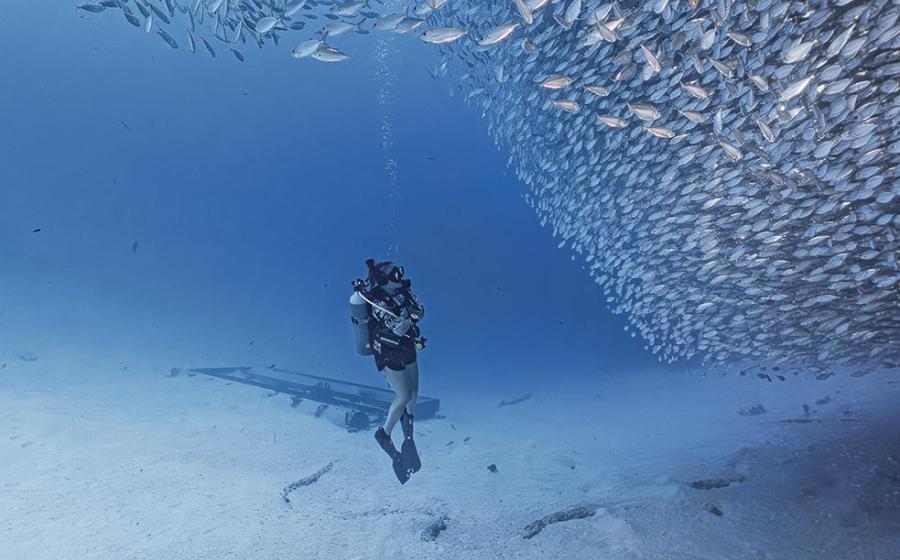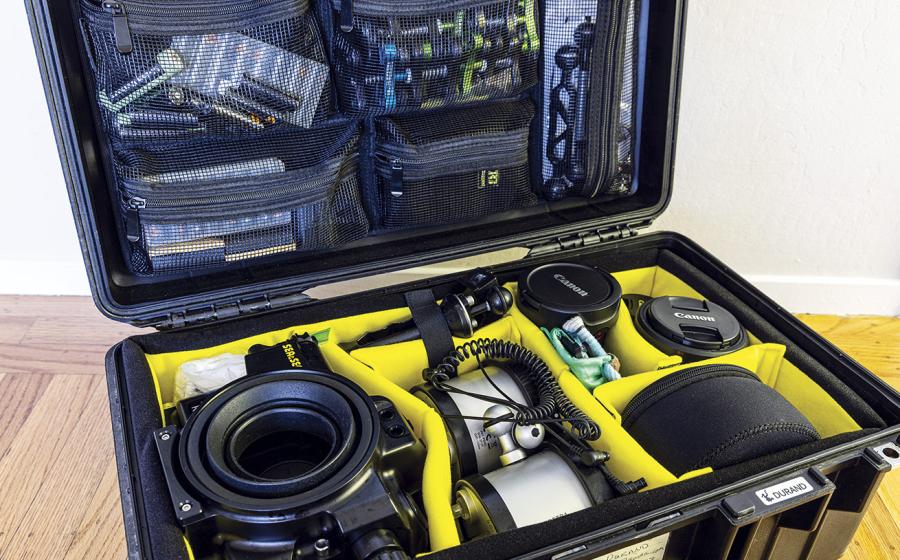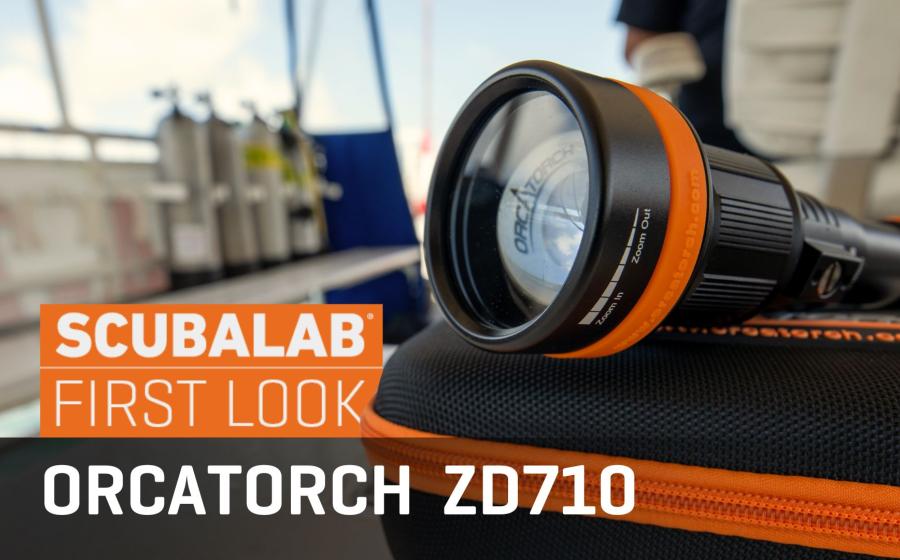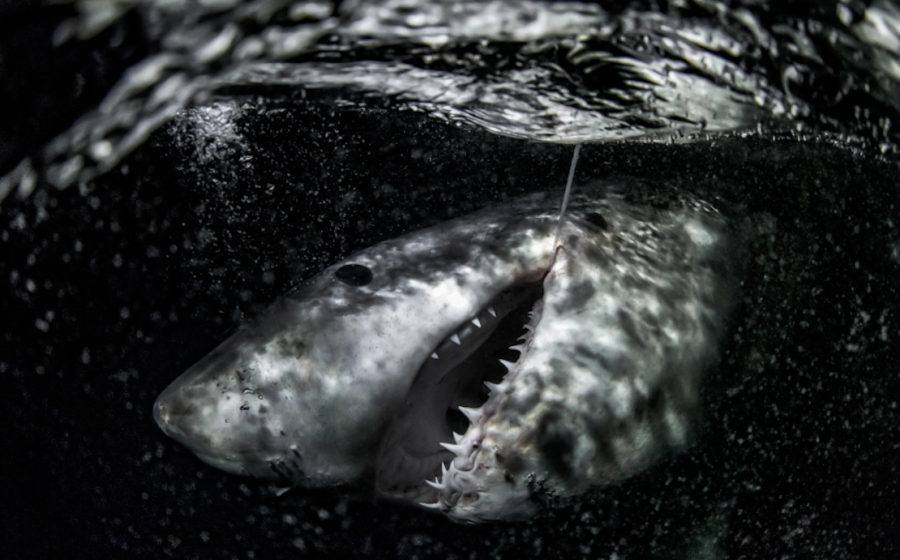Divers Guide to Mexico's Yucatan: Animals, Reefs and Cenotes of Quintana Roo
You’d be hard-pressed to find a locale that offers the scuba diving and snorkeling diversity of the Yucatan Peninsula and Cozumel. The waters of the Mexican state of Quintana Roo are packed with wild marine life, stunning reefs, mysterious cave systems and big-time fun.

Brandon ColeA whale shark inhales a meal of fish eggs.
Our focus is on four remarkable adventures: the spectacular drifts and walls of Coz, the sailfish-and-sardine run, the subterranean beauty of the mainland’s cenotes and one of the world’s best whale-shark snorkels. And all this great diving is just hours away from most major North American gateways. It’s easy to see why divers find the Yucatan and the island of Cozumel irresistible.
1. Kick Back in Cozumel

Brandon ColeCozumel's healthy reefs tempt divers to make multiple trips.
In the waters off Mexico’s largest Caribbean island, just off the Yucatan coast, you’ll be on cruise control as you ride the current along reefs resplendent with Crayola-bright sponges. Glide alongside hawksbill turtles and weave through coral mazes; tuck under ledges to search for endemic splendid toadfish, and then end the day by kicking back in a local taqueria while noshing on tacos and sipping margaritas. Cozumel seems to have been purpose-built for divers.
2. Snorkel with Whale Sharks

Brandon ColeRemoras, like these two hanging from a whale shark, have specially modified dorsal fins that act like suction cups, which allow them to hang on upside down from sharks, turtles, whales and other marine life.
Isla Mujeres is the jumping-off point for those seeking the Holy Grail of big-animal encounters — snorkeling with whale sharks. During summer, hundreds of Rhincodon typus plow the surface with mouths agape to feast on fish eggs. It’s the ocean’s equivalent to commuters at New York City’s Grand Central Station, with snorkelers jumping in for a surreal experience alongside these living locomotives.
3. Search for Sailfish Action

Brandon ColeAtlantic sailfish feed on Spanish sardines.
If you have patience for long, exhausting days at sea, in sometimes rough wintertime conditions, you might be rewarded with unforgettable sightings of the imperious sailfish terrorizing sardines. Isla Mujeres is the place where divers pursue hundreds of pez vela — prized by filmmakers and fishermen alike — hoping to photograph the adrenaline-infused action.
4. Discover Unearthly Cenotes

Brandon ColeLines mark the routes that weave through the caverns and tunnels that make up the cenotes, an eerie realm known by the local Maya people as Xibalba, which translates into “Place of Fear.”
For decades, people have trekked into the Yucatan jungle in search of cenotes, revered by the ancient Mayans as sacred portals to the underworld. Today, divers explore serpentine passageways, cathedral-like chambers, limestone formations, and delicate dioramas of stalactites and stalagmites. The scintillating light beams — captured in countless photographs — are even more beautiful in real life.
Divers Guide to the Yucatan

Brandon ColeA diver hovers above twisted tree roots in a cenote.
Conditions: Diving of Mexico’s Yucatan Peninsula is great year-round. Water temperatures range between a wintertime 75 degrees and a summertime 85 degrees. In the cenotes, expect a consistent 77 degrees.
Water visibility is generally excellent (75 to 125 feet) on Cozumel and in the cenotes (100-plus feet). For whale sharks (June to September) and sailfish (December to April), water clarity ranges from 20 to 100 feet. Current is almost always present on most Cozumel dive sites, usually nonexistent in most cenotes, and a nonissue with pelagic whale sharks and sailfish because there’s no reef and you’re doing a live-boat drift in blue water.
Getting there: Many airlines serve Cancun (CUN). Select carriers fly directly into Cozumel (CZM). From Cancun, transfer to the Puerto Juárez terminal for the Ultramar walk-on ferry to Isla Mujeres, and the Playa del Carmen terminal for Cozumel. Numerous dive operators and hotels along the Riviera Maya strip south of Cancun offer transport to the cenotes.

Brandon ColeCenote Humor
The mascot of the Barbie line signifies the pathway that leads the way through Dos Ojos cenote.
Don’t-Miss Dives and Snorkels
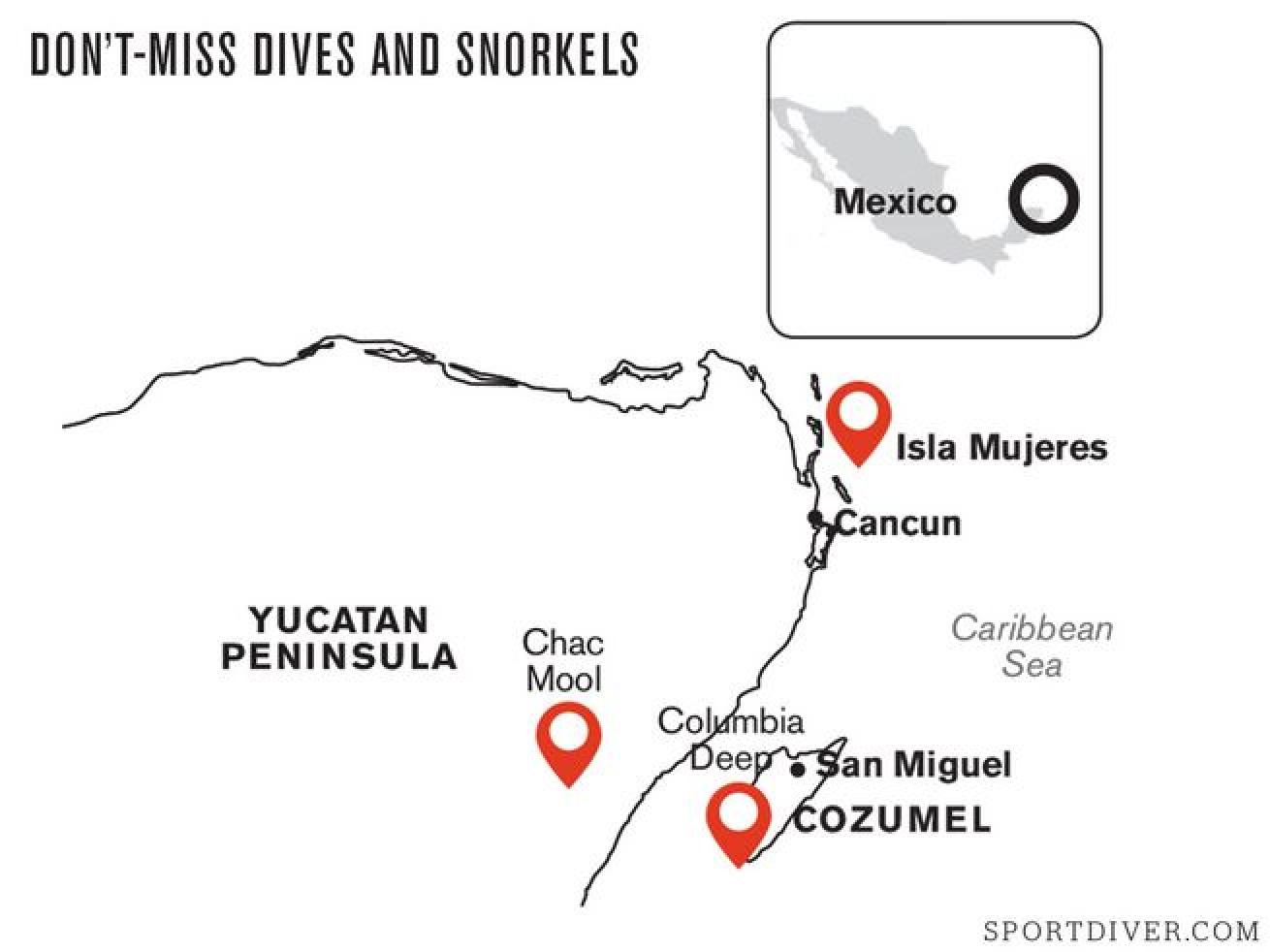
Elizabeth FleenerA dive site map shows the location of a few of the highlights.
Columbia Deep (Cozumel) This site is a perennial favorite, with sponges,sea fans and shimmering fsh along a sheer wall bathed in clear water. While drifting, angle from 110 feet up to 70, then follow splits into the reef’s heart.
Whale Sharks and Sailfish In the waters of Isla Mujeres, operators look for telltale signs to find both whale sharks and sardines — clouds of eggs from spawning fish attract the sharks, and sailfish are drawn to sardine baitballs.
Cenote Chac Mool This one has it all: a breathtaking light show, chambers with spiky rock formations, haloclines, an air dome, fossils, and shallow depth for extended bottom time.

Brandon ColeA diver enters one of the area's cherished cenotes.
What To Do

Brandon ColeThe ancient Mayan ruins of Tulum cling to the cliffs on the coastline.

Brandon ColeColorful clothing and crafts are found in the local markets of San Miguel.
Looking for more great dives in the area?
10 Reasons to Dive Riviera Maya, Mexico | 9 Reasons to Dive Cozumel







